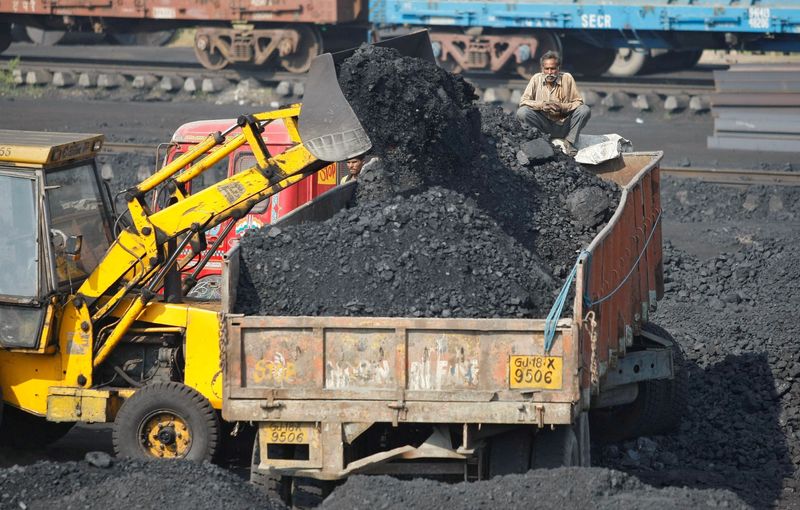India has cut by 11.1% the amount of coal that national power plants can expect to receive in June. The plants should now receive 56.2 million tonnes, against a previous estimate of 63.3 million tonnes.
The energy minister also called for an increase in imports to deal with the shortage of domestic supply, according to a minister’s document reviewed by Reuters.
This means that India is likely to try to stimulate imports further, even though prices for many grades of marine coal are still near record highs.
Australian benchmark Newcastle thermal coal futures closed at $408 a tonne on Wednesday, down 1.9% from the previous close, and 7.3% below the record high of $440 hit on March 2, overnight. of the invasion of neighboring Ukraine by Russia which raised fears of sanctions on Russian exports.
Despite the recent price decline, it should be noted that Newcastle futures are up 141% since the end of last year and are almost four times higher than their levels at the end of May last year.
Newcastle physical cargoes also continue to attract high prices, with GlobalCOAL pricing at $434.33 per tonne on Wednesday.
Australia is the second largest shipper of thermal coal in the world, behind Indonesia, and is the leading exporter of coked coal, used to make steel.
India has been buying more coal from Australia since China imposed an informal ban on imports from Australia in an ongoing political row with Canberra.
This has led to a reshuffling of sea coal in Asia, with China buying more from Indonesia and Russia, while India has turned to Australia and South Africa, the fourth exporter behind Russia, third.
Moscow’s attack on Ukraine on February 24 forces another realignment of coal flows in Asia, with South African cargoes being pulled towards energy-hungry Europe, prompting India to buy more in Indonesia.
India has been able to successfully switch to buying more coal from Indonesia, mainly because China, the world’s largest buyer of this polluting fuel, has reduced its imports in recent months due to the strong increase in national production.
India’s coal imports are estimated at 20.05 million tonnes in May by commodity analysts Kpler, which would be the highest since March’s 22.26 million, which itself was the highest since April 2019.
SUPPLY CHANGE
May imports also show India’s supplier turnover, with shipments from Indonesia expected around 11.06 million tonnes, down from 8.13 million in April.
Imports from South Africa are expected to fall to 1.19 million tonnes from 1.26 million in April and 3.14 million in March.
Indian imports from Australia are valued at 4.30 million tonnes, down from 4.94 million in April and 5.16 million in March.
Looking more closely at the split between thermal coal and coking coal imports, Australia is losing ground on the thermal coal front, with imports of this grade expected at 895,853 tonnes in May, down from 1. 18 million in April and 2.60 million in May of last year.
It is perhaps unsurprising that India is trying to buy more thermal coal from Indonesia given the massive price advantage, even once differences in energy values are taken into account.
Indonesian coal with an energy value of 4,200 kilocalories per kilogram (kcal/kg) traded on the Singapore Stock Exchange closed at $89.50 per tonne on Wednesday.
It has fallen 36% since its record high of $140 a tonne on March 3, reflecting weaker Chinese demand.
Although Newcastle’s benchmark coal is 6,000 kcal/kg higher in quality, priced more than four times as much as lower quality Indonesian coal, it is wholly uncompetitive and likely to maintain its presence in the markets. Indian imports due to lack of alternatives.
Overall, it seems likely that India will seek to maximize its thermal coal imports from Indonesia while minimizing those from Australia.
The joker in the lot is Russia, which will seek new customers for its coal, increasingly rejected by European buyers, but also by Japan and South Korea.
So far, there is no indication that India’s imports are increasing dramatically, with arrivals from Russia estimated by Kpler at 411,439 tonnes in May, a modest increase from April’s 344,708 and 357,972 Of March.
–


